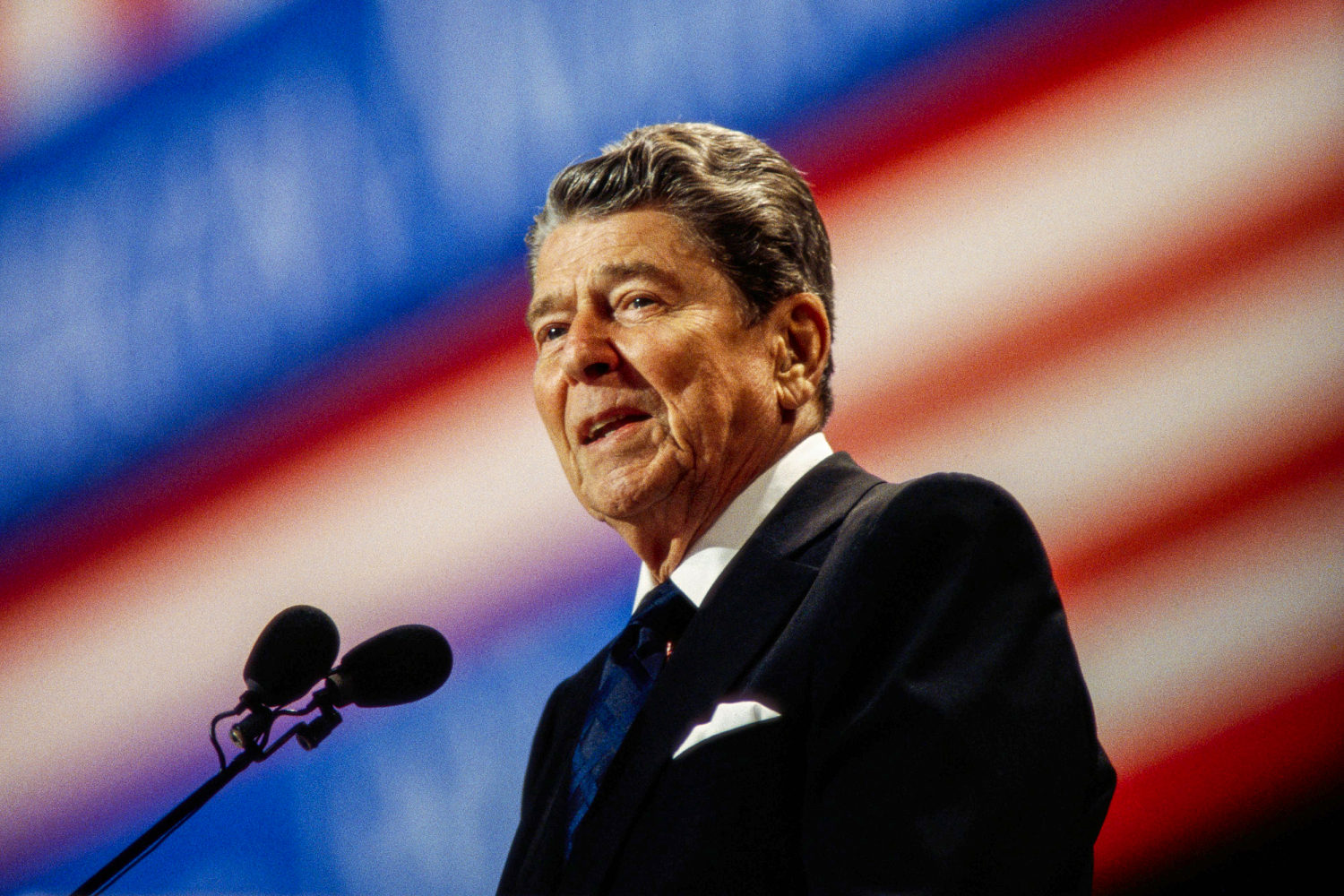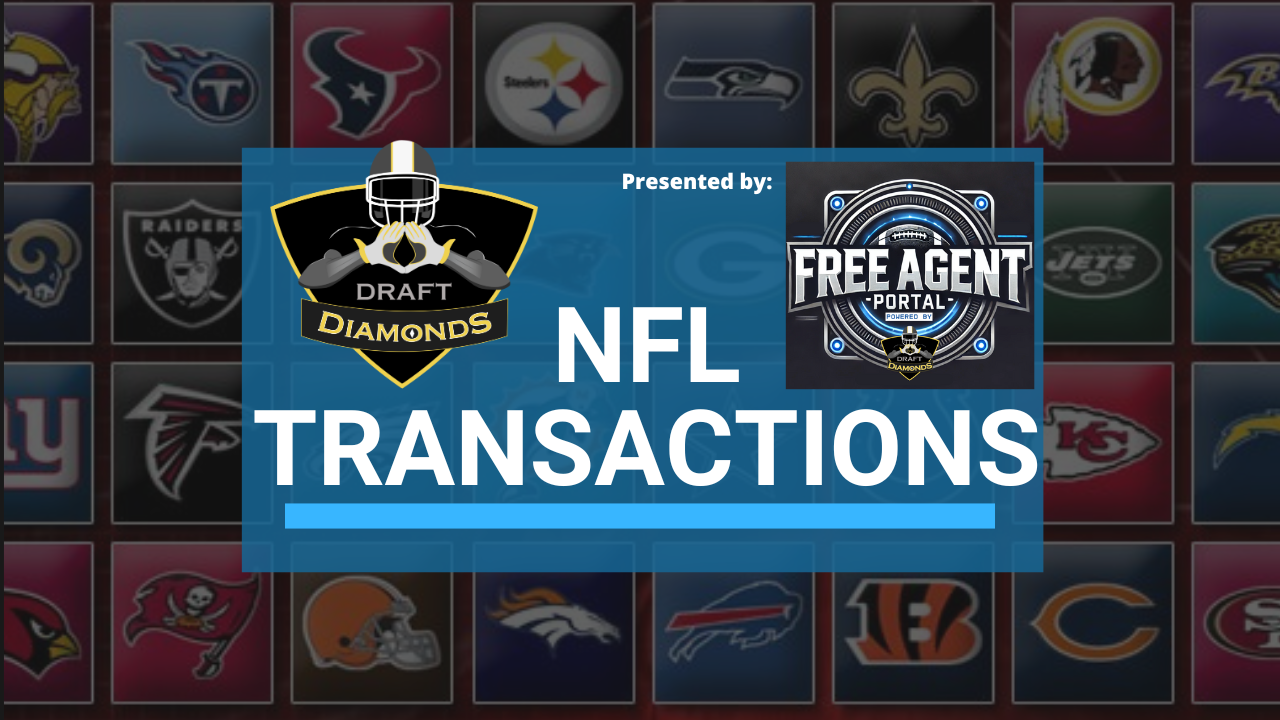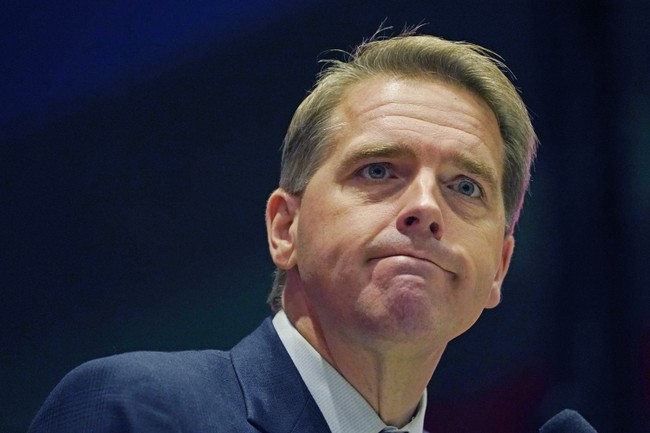When President Ronald Reagan was trying to justify massive cuts on social programs, he would often invoke the so-called welfare queen.
His rhetoric focused on an imaginary American — typically assumed to be a Black, single woman — who was living large on the public dole.
Today’s Republicans haven’t invoked the stereotype as they’ve set about slashing the safety net, but that may be because they don’t have to.
There’s a persistent myth in American politics that poverty has a single face and that face is usually Black, often female, and somehow responsible for her own hardship.
The Senate voted to pass the “big, beautiful bill” on Tuesday. The House, after wavering for a few hours on Wednesday night, is now poised to send it to President Donald Trump’s desk in time for his Fourth of July deadline. But even as Trump and his allies in Congress have prepared to take food off the tables of poor Americans with their megabill, the decades-long project to demonize social welfare programs has helped them avoid accountability.
And make no mistake, the people that many of these cuts are going to hurt the most are the white, rural voters who backed Trump in the last three elections.
There’s a persistent myth in American politics that poverty has a single face and that face is usually Black, often female, and somehow responsible for her own hardship.
That myth was not born by accident. It was crafted, polished and weaponized. It was built on decades of policy choices and political messaging that added racial overtones to programs designed to combat poverty among all Americans in an effort to erode public support.
Ironically, these programs began as ways to help poor white people. When the New Deal began tackling poverty, programs such as Aid to Dependent Children (later renamed Aid to Families with Dependent Children, AFDC) were designed to support mostly white, widowed mothers suffering in the Great Depression.
It wasn’t until the Civil Rights Movement gained traction in the 1960s that more Black families became able to access these same benefits. That led to a backlash against them that the right has long used to try to undercut them.
By the 1970s, amid rising inflation, economic anxiety and racial resentment, conservatives began to cast what was known as “welfare” not as a ladder out of poverty but as a trap and its recipients as ungrateful, unproductive burdens on the system.
Reagan took a story abo














